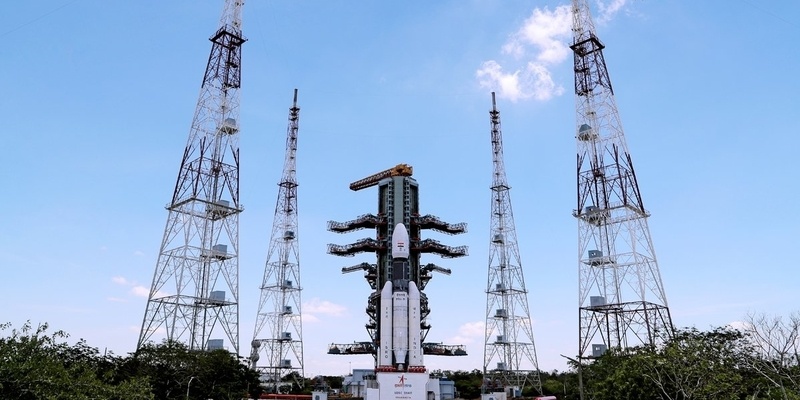BlueBird-6 Launch: India To Take A Giant Leap in Global Connectivity
The Indian Space Research Organisation (ISRO) is gearing up for a major milestone in its commercial space operations with the upcoming launch of BlueBird-6, a 6.5-tonne satellite developed by Texas-based AST SpaceMobile. This next-generation communication satellite arrived in India on October 19, 2025, transported aboard the Antonov, the world’s largest cargo aircraft originally built in Ukraine. Following its landing in Chennai, BlueBird-6 was carefully transported by road to the Satish Dhawan Space Centre at Sriharikota, where it will undergo integration, fueling, and pre-launch checks. The arrival of such a massive payload signals the growing capabilities of ISRO’s commercial operations and its readiness to support international satellite missions. Experts describe it as a key step in India’s emergence as a global hub for satellite launches, combining technological precision with logistical expertise.BlueBird-6: A Next-Generation Communication SatelliteBlueBird-6 is designed to operate in Low Earth Orbit (LEO) and aims to provide direct-to-device mobile broadband connectivity, a breakthrough in satellite telecommunications. Unlike traditional satellites that require ground-based infrastructure, BlueBird-6 will allow mobile devices to connect directly, enabling seamless mobile and data services in regions with poor terrestrial networks. This development is particularly significant for remote and underserved areas, where connectivity has long been a challenge. Villages without towers, islands, mountainous regions, and even ships at sea could benefit from reliable internet access. For communities that rely on mobile phones for education, healthcare, banking, and emergency services, BlueBird-6 represents not just technology, but a lifeline.The Mission: ISRO and NSIL The launch of BlueBird-6 will be carried out using India’s most powerful rocket, the Launch Vehicle Mark-3 (LVM3). The mission is managed by NewSpace India Limited (NSIL), ISRO’s commercial arm, which oversees international payload contracts and generates revenue for the government through global launch services. The launch window is expected between November 2025 and the first quarter of 2026, depending on mission readiness and favorable conditions. Once deployed, BlueBird-6 will form part of a growing constellation of satellites developed by AST SpaceMobile, paving the way for a more connected world.A Broader Vision: AST SpaceMobile’s Satellite ConstellationBlueBird-6 is just one piece of a much larger puzzle. AST SpaceMobile plans a constellation of satellites, BlueBird-7 through BlueBird-16, with launches scheduled every one to two months through 2025 and 2026. Each satellite is capable of delivering up to 10,000 MHz of bandwidth, collectively forming a global network to extend mobile coverage worldwide. For ISRO, these missions highlight India’s growing stature in commercial space operations, showcasing the ability to handle heavy, high-tech payloads and collaborate with international partners on cutting-edge telecommunications projects.Technological and Logistical FeatsTransporting and preparing BlueBird-6 for launch was no small feat. The satellite’s massive 6.5-tonne weight makes it one of the heaviest commercial payloads handled by ISRO. Its journey from the United States on the Antonov required precise coordination, from landing in Chennai to the careful road transfer to Sriharikota. At the space center, the satellite will undergo integration, fueling, and rigorous pre-launch checks, ensuring every system functions flawlessly before liftoff.Such operations highlight ISRO’s technical expertise and capacity to execute complex, high-stakes missions successfully. BlueBird-6 marks another stride for ISRO and NSIL in global commercial space operations. It underscores India’s role as a reliable partner for international satellite missions and a leader in cost-effective, high-precision launch services. This mission demonstrates how India’s space program is not only advancing national objectives but also contributing to global technological progress. By enabling connectivity for underserved regions, India plays a pivotal role in shaping a more inclusive, digitally connected world.As ISRO prepares to lift this 6.5-tonne payload into orbit, the world watches not just for a rocket launch but for the millions of lives that may be connected, empowered, and transformed. BlueBird-6 is a reminder that space technology is not only about exploration; it’s about making the world smaller, more connected, and more equitable.

.jpg)
.jpg)
.jpg)

.jpg)